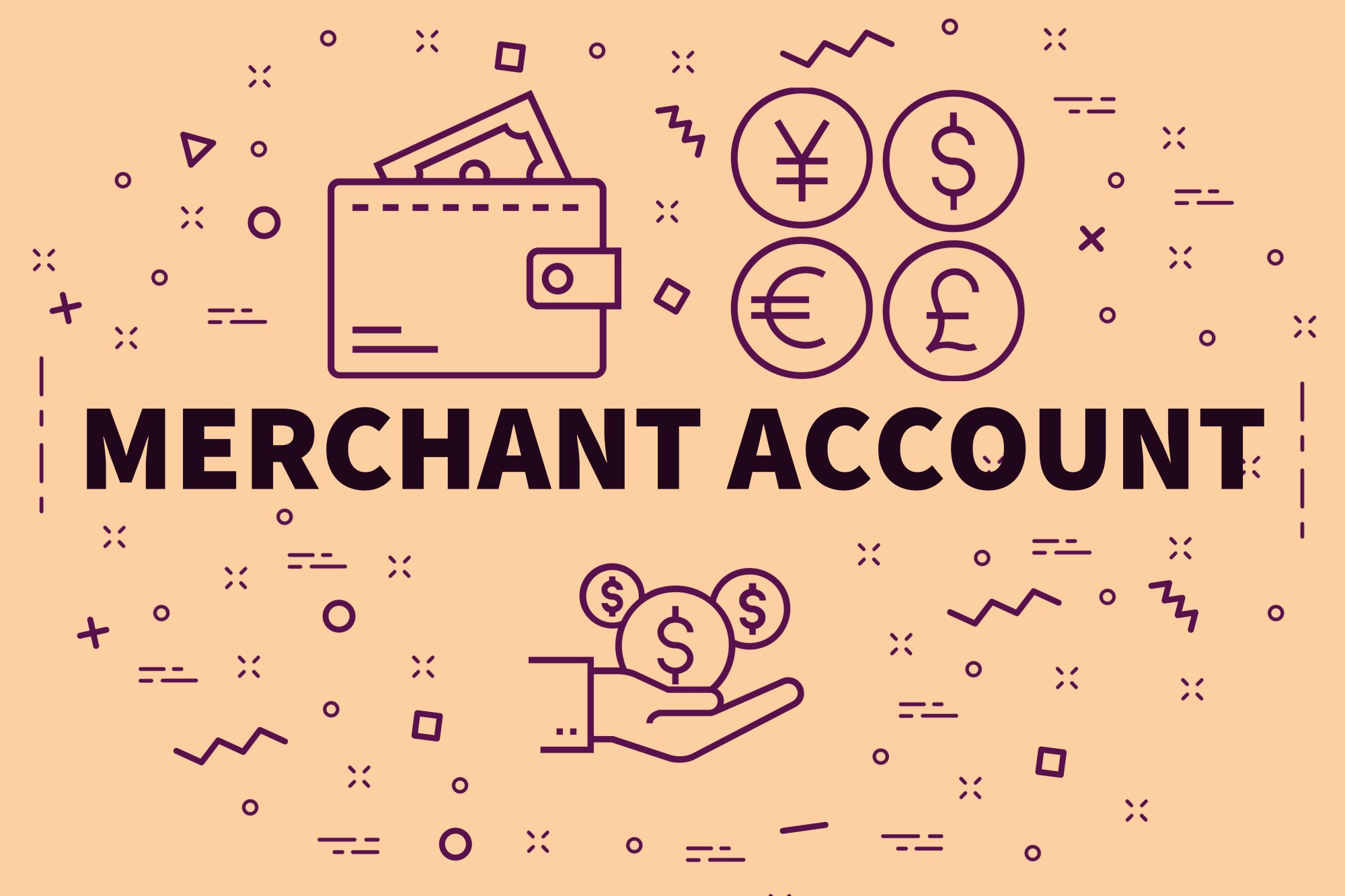
7 Things You Should Know About Having a High Risk Merchant Account
7 Things You Should Know About Having a High Risk Merchant Account

Having a high risk merchant account is a necessity for some businesses. Learn more about this type of account with these seven facts.
If you have an online business, accepting credit cards as a form of payment is absolutely critical to your success and your bottom line.
But if your business is considered high risk, finding the right match can be a daunting task.
So, what do you need to know about having a high risk merchant account before you begin looking for the right company to serve your needs? Here are nine things you should be aware of before you make a commitment.
1. Determine if Your Business is Considered High Risk
Before you select a merchant processor, you need to know if your business is even considered to be high risk. The criteria can vary widely between providers, but one of the first things they look at is if your industry typically has a high rate of fraud or chargebacks.
If you’re not operating from the United States, this is another potential indicator of high risk. Certain categories like firearms, drug paraphernalia, or even auction sites may also be considered high risk. Find out if you fall into this category first so you can be prepared for the next steps.
2. Prepare for Higher Fees and Longer Contract Terms
If you have a high risk merchant account, you can expect to pay more in processing charges and billed account fees. The reason is that your processor is taking you on as a risk, so they’re passing the cost of that risk on to you.
You’ll also likely have to keep your contract with the processor longer than you would if you were not a high-risk client. On average, high-risk accounts must stay with the same processor for three years or even longer.
An auto renewal clause is usually included which can force you to remain an ongoing customer for periods of a one-year minimum after each renewal. If you want to cancel, you’ll likely get hit with an early termination fee.
3. Check Available Plans for Your High Risk Merchant Account
Merchant processing plans can vary, so shop around until you find one that offers terms you can live with. Traditionally, these fees are charged on something called an interchange-plus pricing plan, although your rates will be higher than a low or no-risk account.
Find out if you can get a flat-rate pricing plan which will make billing a lot easier. If you discover that a merchant processor is charging extremely high per-transaction charges, you may want to steer clear. Compare rates and plans until you find one that’s within a reasonable amount.
4. Be Aware of Rolling Reserves
The term rolling reserves refers to money that is set aside from the proceeds of your sales in order to cover certain expenses. These reserves will help pay for things like chargebacks, and they’re put in place to protect the merchant processor.
Since many high-risk accounts tend to go out business, these reserves are there to cover any unexpected costs to the merchant processing company. If you’re new in business, you can almost guarantee that this is a requirement. However, as time goes on, the rolling reserves should decrease as long as your account remains in good standing.
5. Read the Fine Print
Any reputable merchant processor will give you a contract that spells out all of your fees and terms. Make sure you read this thoroughly before you make a commitment.
Look closely for different clauses that could cause you to pay even more than you expected. Some companies claim to specialize in high-risk accounts so they feel that they can charge their merchant accounts exorbitant fees. Do your homework and never sign anything until you’re completely comfortable with the terms and the cost.
If you’re ever in doubt about a potential merchant processor, ask your fellow business owners who they recommend. You can also read reviews online to find out which ones most high-risk customers are happy with, and which ones to avoid.
6. Security Measures will be Added
A quality payment processor will add some layers of additional security to your account. This can actually benefit you since it will help prevent fraudulent transactions and dishonest chargeback claims.
Requiring things like CVV2 verification is a good thing since it protects you and your processor from fraud. Ask your provider about what kinds of security measures they take to protect themselves and your business from unscrupulous transactions.
7. Develop a Good Track Record
If you really want to lower the costs associated with a high risk merchant account, work diligently to prove your salt. This could mean anything from reducing or completely eliminating chargebacks to consistently showing a profit for a long period of time.
The longer your business does well and maintains its reputation, the better off you’ll be in the eyes of the merchant processor. Some providers may even reward their high-risk accounts with lower rolling reserves over time or even reducing fees as time goes on.
Ask several potential merchant processors what kind of benefits they offer high-risk accounts if they do well. You might be surprised at the progress and positive benefits you can reap once the business is more established.
Success is Possible
Even if you operate a high-risk business, there’s no need to despair. With a few helpful bits of information and a little research, you can find a quality high risk merchant account that will serve your needs well.
Visit our website for more information about: High Risk Merchant Services.
